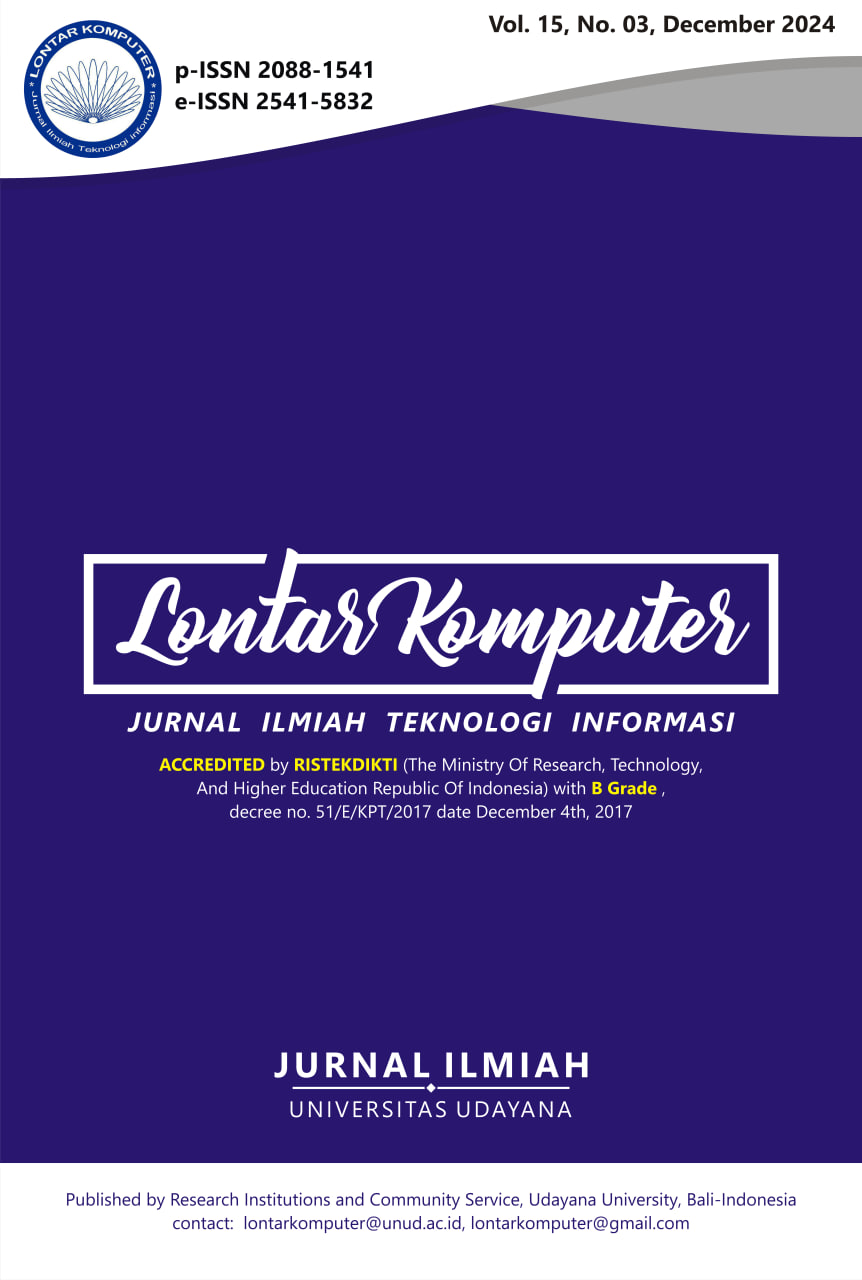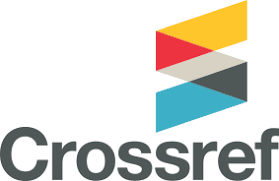IoT-Based a Control System for Household Waste Management Machines at Waste Disposal Sites using Human Machine Interface Method
Abstract
To manage waste efficiently and sustainably, Integrating Algoritma Bellman-Ford in IoT-Based Control Systems for Household Waste Management Machines, the use of automation technologies based on the Internet of Things (IoT) is becoming increasingly relevant. The integration of HMI allows operators to manage and control the machine with precision and convenience. The synergy between IoT and HMI promises significant improvements in waste processing speed, accuracy, and safety. Developing a control system using the HMI method is not just a solution but an innovative approach that aims to find an effective solution in managing or destroying waste that requires less labor, so there is no need to increase assistance. The method that will be used in this research is the descriptive statistical method, namely, assessing the technical data needed to develop a control system that complies with the standard. This innovative approach is one of the solutions to the problem of labor shortages in landfills that simplify work and speed up the process of operating machines.
Downloads
References
[2] M. Anwar Ismail, R. K. Abdullah, And S. Abdussamad, “Nomor 1 Januari” Jambura Journal Of Electrical And Electronics Engineering, Vol. 3, P. 7, 2021.
[3] Anggriawan, J, “Analisa Jointing Cable Dengan Tegangan Pengenal 12/20 (24) Kv Menggunakan Tegangan Impuls Dan Partial Discharge” Jakarta: Repository Universitas Negeri Jakarta, 2021.
[4] C. Widyastuti, O. Handayani, And T. Koerniawan, “Keandalan Sistem Penyaluran Listrik Berdasarkan Saidi Dan Saifi Sebelum Dan Sesudah Pemasangan Kubikel Arrester Di Pt Pln Up3 Serpong” Energi & Kelistrikan, Vol. 13, No. 2, Pp. 95–103, Jun. 2021, Doi: 10.33322/Energi.V13i2.1031.
[5] A. S. Nur Chairat, “Sosialisasi Penerapan Listrik Kerakyatan Untuk Mengatasi Masalah Kebutuhan Energi Listrik Di Pedesaan” Terang, Vol. 1, No. 1, Pp. 69–77, Jan. 2019, Doi: 10.33322/Terang.V1i1.39.
[6] A. Kelvin Benjamin And P. Kenneth Ainah, “Automatic Star-Delta Starter Using Relays And Adjustable Electronic Timer For Induction Motor” 2020, Doi: 10.24327/Ijrsr.2020.1107.5459.
[7] Prasetiyadi, Prasetiyadi & Wiharja, Wiharja & Wahyono, Sri, “Teknologi Penanganan Emisi Gas Dari Insinerator Sampah Kota” Jurnal Rekayasa Lingkungan, vol. 11, no. 2, 2019, 10.29122/jrl.v11i2.3465.
[8] A. Hanafie, S. Sukirman, K. Karmila, And M. E. Putri, “Pengembangan Tempat Sampah Cerdas Berbasis Internet Of Things (Iot) Studi Kasus Fakultas Teknik Uim” Iltek : Jurnal Teknologi, vol. 16, no. 1, Pp. 34–39, May 2021, Doi: 10.47398/Iltek.V16i1.589.
[9] M. Devi And S. Rawat, “A Comprehensive Review Of The Pyrolysis Process: From Carbon Nanomaterial Synthesis To Waste Treatment” Oxford Open Materials Science, vol. 1, no. 1. Oxford University Press, 2021. Doi: 10.1093/Oxfmat/Itab014.
[10] Sahri, Mochamad. Fachrudin. Setiawidayat, Sabar, “Rancang Bangun Purwarupa Pembangkit Listrik Tenaga Biomassa” PROTON, vol.11, no. 2, p. 78-84, Malang, 2019.
[11] Pramudita, Rully & Safitri, Nadya, “Algoritma Bellman-Ford Untuk Menentukan Jalur Tercepat Dalam Sistem Informasi Geografis” PIKSEL : Penelitian Ilmu Komputer Sistem Embedded and Logic, vol. 6, no. 2, p. 105-114, 2018, 10.33558/piksel.v6i2.1502.
[12] Yongnan Zhang, Yunyi Liang, “A review of biomass pyrolysis gas: Forming mechanisms, influencing parameters, and product application upgrade” fuel, vol. 347, 2023, https://doi.org/10.1016/j.fuel.2023.128461.
[13[ Xun Hu, Mortaza Gholizadeh, “Biomass pyrolysis: A review of the process development and challenges from initial researches up to the commercialization stage” Journal of Energy Chemistry, vol. 39, p.109-143, 2019, https://doi.org/10.1016/j.jechem.2019.01.024.
[14] Rahadian, Helmy & Heryanto, M., “Pengembangan Human Machine Interface (HMI) pada Simulator Sortir Bola sebagai Media Pembelajaran Otomasi Industri” Jurnal Nasional Teknik Elektro, vol. 9, no. 2, p. 84-91, 2020, 10.25077/jnte.v9n2.766.2020.
[15] Sadi, Sumardi, “Implementasi Human Machine Interface pada Mesin Heel Lasting Chin Ei Berbasis Programmable Logic Controller (Implementation of Human Machine Interface on Chin Ei's Heel Lasting Machine Based on Programmable Logic Controller)” Jurnal Teknik, vol. 9, no. 1, 2020, 10.31000/jt.v9i1.2561.

This work is licensed under a Creative Commons Attribution 4.0 International License.
The Authors submitting a manuscript do so on the understanding that if accepted for publication, the copyright of the article shall be assigned to Jurnal Lontar Komputer as the publisher of the journal. Copyright encompasses exclusive rights to reproduce and deliver the article in all forms and media, as well as translations. The reproduction of any part of this journal (printed or online) will be allowed only with written permission from Jurnal Lontar Komputer. The Editorial Board of Jurnal Lontar Komputer makes every effort to ensure that no wrong or misleading data, opinions, or statements be published in the journal.
 This work is licensed under a Creative Commons Attribution 4.0 International License.
This work is licensed under a Creative Commons Attribution 4.0 International License.























